Hello /r/Ethereum,
This is going to be the first in hopefully a long line of informational posts about the Ethereum ecosystem. I’m not planning much rhyme or reason to what I cover, but with each post I hope to give a general introduction to the topic at hand and provide a springboard from which a reader can begin additional research. I want to be relatively unbiased in my research and I’ll strive for correctness, but if you see something glaringly wrong please call it out so I can correct the record. The overall goal is not to do an exhaustive “deep dive” into a specific topic but rather to provide an introductory overview so that the reader is equipped to do additional research if they choose.
So let’s get into the first topic:
High-level L2 Ecosystem Overview
You’ve probably heard about “L2” by now; it’s Ethereum’s solution to the blockchain trilemma. Rather than try to do everything on mainnet, new cryptography concepts have enabled the off-loading of transaction execution to secondary networks called rollups. These secondary networks will be able to “inherit” the security of Ethereum mainnet while bundling thousands of transactions together for drastic fee savings.
For more on the details and theory behind rollups, check out Polynya’s blog: https://polynya.medium.com/
But enough about theory- what rollups exist today? What differentiates them? What risks are there?
First, some useful resources:
https://l2fees.info/ - A simple overview of what some common actions cost on several rollups compared to Ethereum mainnet
https://l2beat.com/ - An incredibly useful site aggregating all sorts of up-to-date information about layer-2s
https://defillama.com/chains – Statistics aggregator for DeFi. Great for comparing TVL between chains and rollups.
ethl2s.com - Quick reference for all sorts of L2 information including fiat onramps, bridges, wallets, and apps.
Now, the major players in the rollup space:
- Arbitrum – The largest rollup by TVL and by number of deployed dApps. Arbitrum uses fraud proofs for security, and usage is very similar to mainnet. Currently centralized and does have admin keys during beta. Fees are a few dollars.
- StarkWare – Creators of StarkNet and StarkEx. StarkNet is their general-purpose rollup which is currently in mainnet alpha and only has “test” apps right now. StarkEx is the rollup tech powering dYdX, ImmutableX, DeversiFi, and Sorare. Uses validity proofs for security, and each StarkEx app has different security attributes. StarkEx apps have over a billion dollars in combined TVL, easily the 2nd largest rollup by that measurement.
- Optimism – Arbitrum’s main fraud proof competitor. Usage is again very similar to mainnet and has a decent number of deployed apps. Currently centralized with admin keys and the fraud proofs are not yet operational. Has been un-whitelisted since December 2021, and fees are a bit lower than Arbitrum’s.
- Loopring – Everyone has probably heard of LRC by now, but you might not know that it was the first operational validity proof rollup! LRC has been operational for well over a year now and recently launched their L2 smart wallet app. They’re one of the few rollups with a token right now. Loopring has fairly good security, their main flaw is that there is no delay on code updates; they do have an operational “escape hatch” however. Fees are generally under $1 for transfers.
- Metis Andromeda – A fork of Optimism, Metis has set out to be a home for DAOs so that they can more seamlessly cooperate with each other and with the broader digital economy. They currently share all of the drawbacks of Optimism, although there is a METIS token available.
- Boba Network – Another optimistic rollup made with forked code from Optimism, Boba is built by the Enya team at the OMG foundation. They share the same vulnerabilities as the other Optimism forks, and like Metis they do have a token (BOBA). It’s still relatively early days for Boba, and it remains to be seen how well they stack up against competitors since they’re also aiming to be a general-purpose L2.
- ZKSwap – Similar to Loopring, ZKSwap is designed to be a validity-proof-based L2 DEX with transfers and an NFT marketplace. There are subtle differences in the tech design of ZKSwap vs. Loopring which I won’t get into here. ZKSwap does have an 8-day delay on updates and an operational escape hatch function, and it also has a token (ZKS). Edit: As the comments point out, ZKSwap is a direct fork of zkSync.
- zkSync – Created by Matter Labs, zkSync is aiming to be a major player in the zkEVM space. Their current product “zkSync 1.0” is available today with transfers/trades and limited NFT functionality, but 2.0 is in testnet which is aiming to have full EVM compatibility. ZkSync is arguably one of the safest rollups currently with a 14-day delay on code updates and an operational escape hatch should the operator go down. There is currently no token, although zkSync has confirmed that they intend to move to community governance in the future. Fees are generally under $1 for transfers.
- Aztec – Also known as zk.money, Aztec is the only operational rollup aiming to be a privacy network. Currently zk.money 1.0 is live and available for “shielding” transactions, and they plan to launch 2.0 in 2022 along with “decentralization”. If they’re able to achieve EVM compatibility, you could essentially have monero-like privacy while using Ethereum-based assets and apps. They currently have some of the strongest rollup security with zk.money 1.0, although it is limited to simple payments.
- Polygon – Everybody knows about the MATIC sidechain (commit-chain?) but you might not know that Polygon is also a tech leader in the zk-rollup space. They’ve acquired several cutting-edge teams and are developing several projects such as Miden, Nightfall, Zero, and Hermez. Their operational zk rollup product is Hermez, which only performs simple payments at the moment and has some compromises in terms of security. It’s unclear whether the MATIC token will have a role to play in the rollup economy, but Polygon itself is likely to be around for a long time as they’ve developed important tech in the space.
Hopefully I’ve given each major rollup a fair summary. I highly recommend reading the information on l2beat.com to understand where each rollup stands in terms of adoption and security. If you’d like to try one out, evaluate your own security needs relative to the value of your investment, and proceed accordingly. If you find an ecosystem you enjoy, pay close attention to it! New things are happening nearly every day in this space and staying abreast of all the updates is like drinking from a firehose.
If you have questions, comments, or concerns please leave a comment and I’ll be happy to expand on what I’ve written.
[link] [comments]

You can get bonuses upto $100 FREE BONUS when you:
💰 Install these recommended apps:
💲 SocialGood - 100% Crypto Back on Everyday Shopping
💲 xPortal - The DeFi For The Next Billion
💲 CryptoTab Browser - Lightweight, fast, and ready to mine!
💰 Register on these recommended exchanges:
🟡 Binance🟡 Bitfinex🟡 Bitmart🟡 Bittrex🟡 Bitget
🟡 CoinEx🟡 Crypto.com🟡 Gate.io🟡 Huobi🟡 Kucoin.

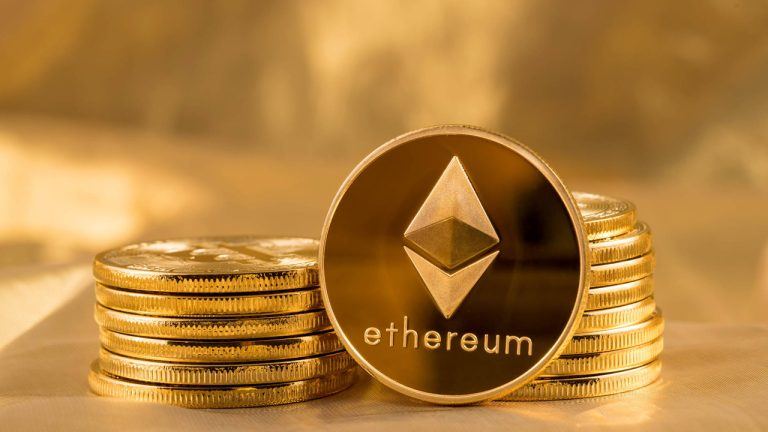
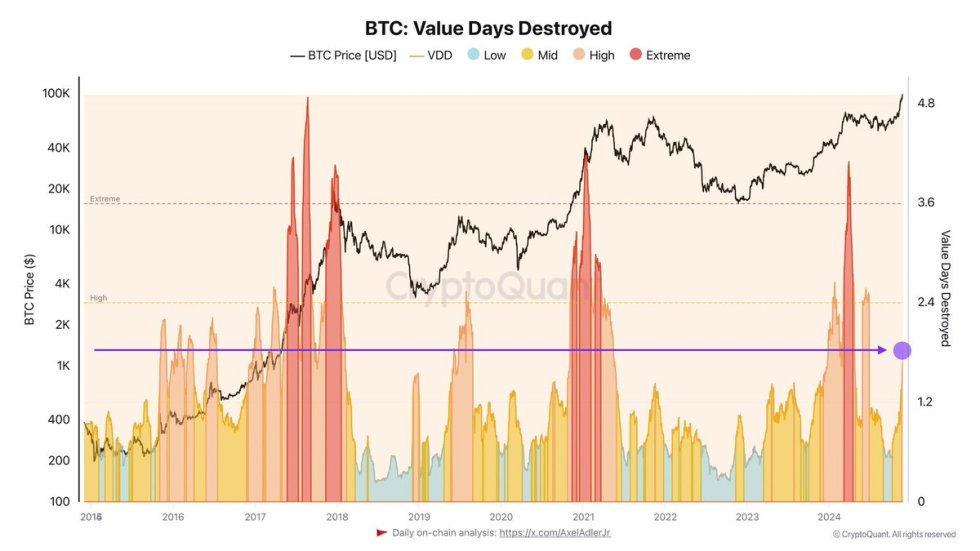
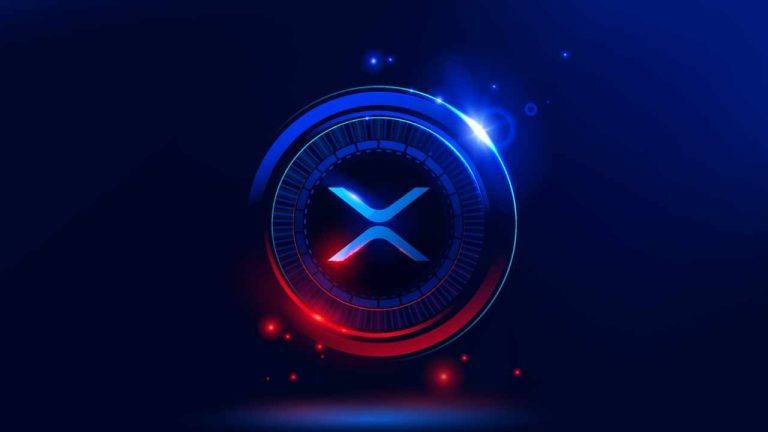


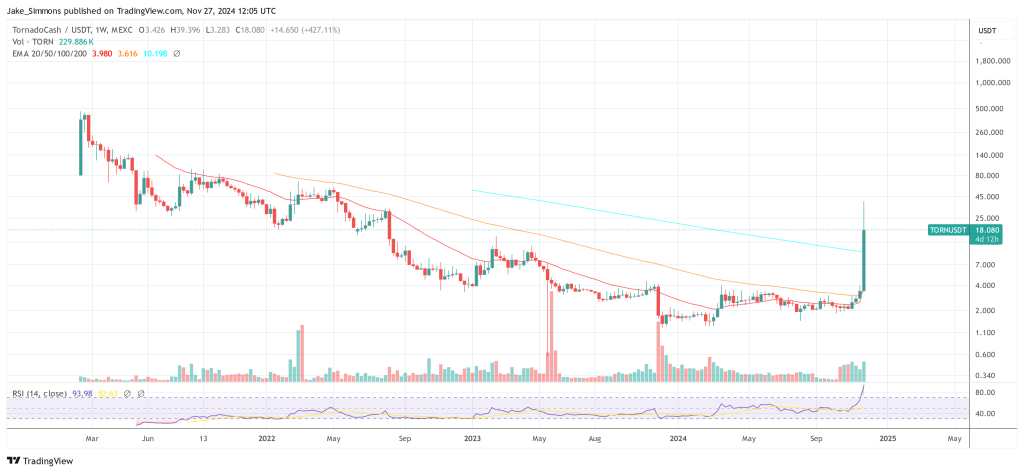
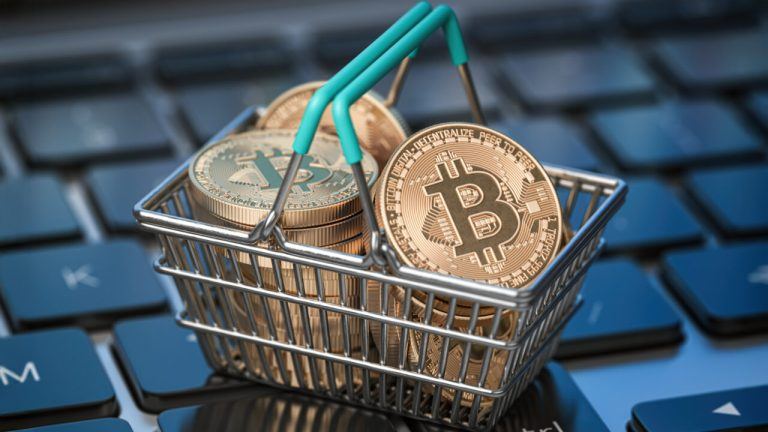
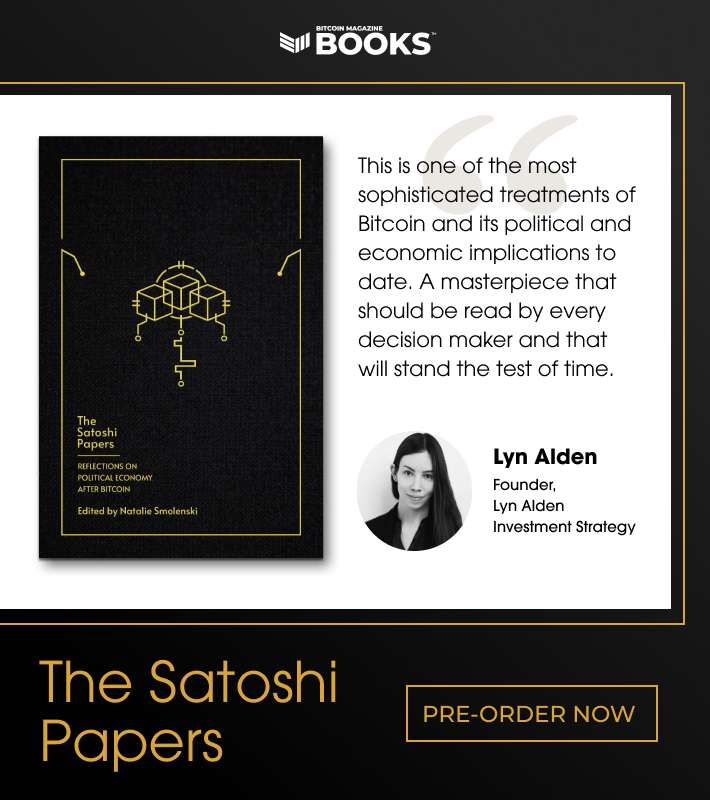



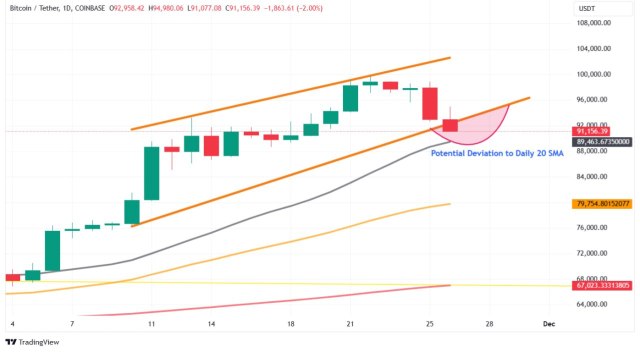
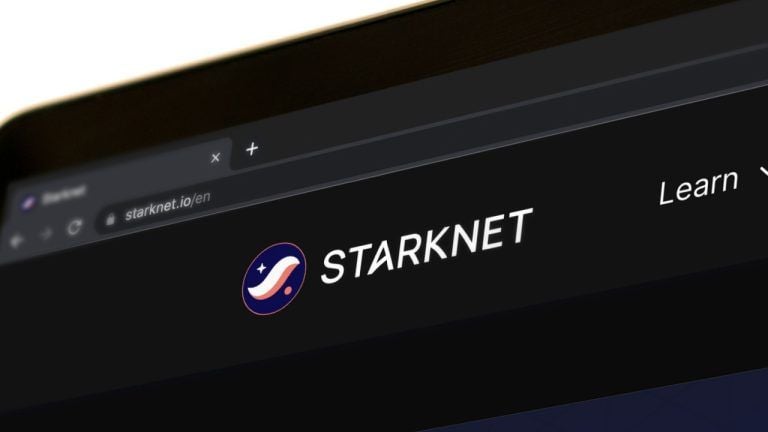




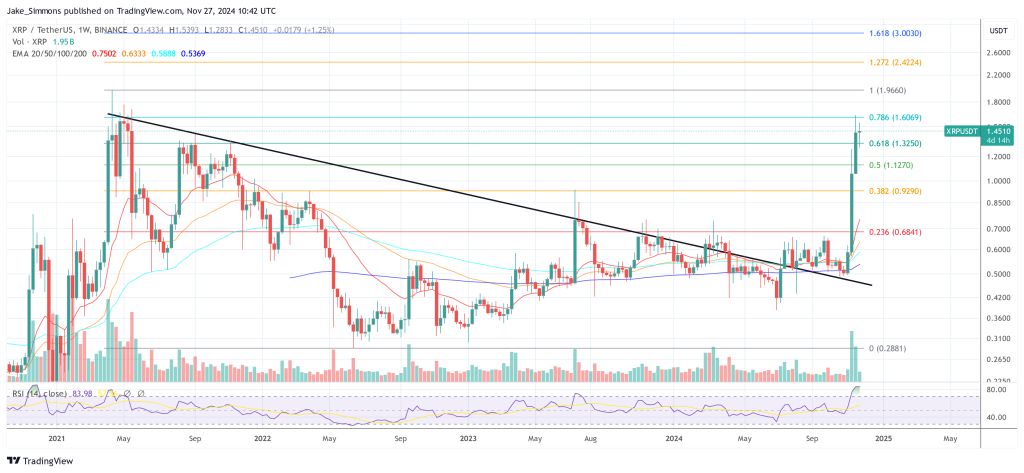
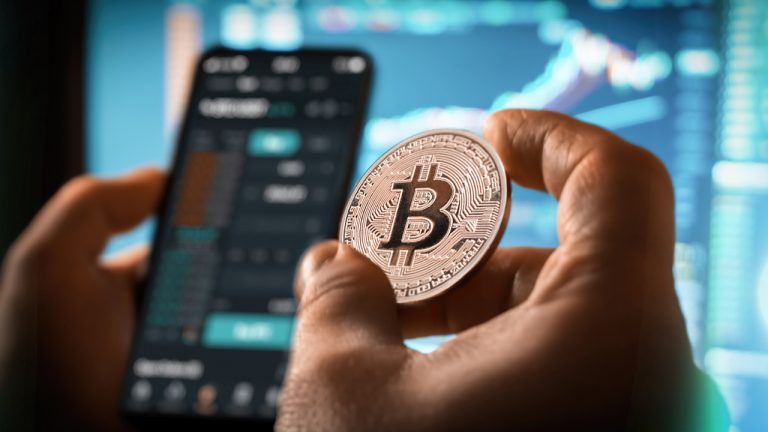
Comments